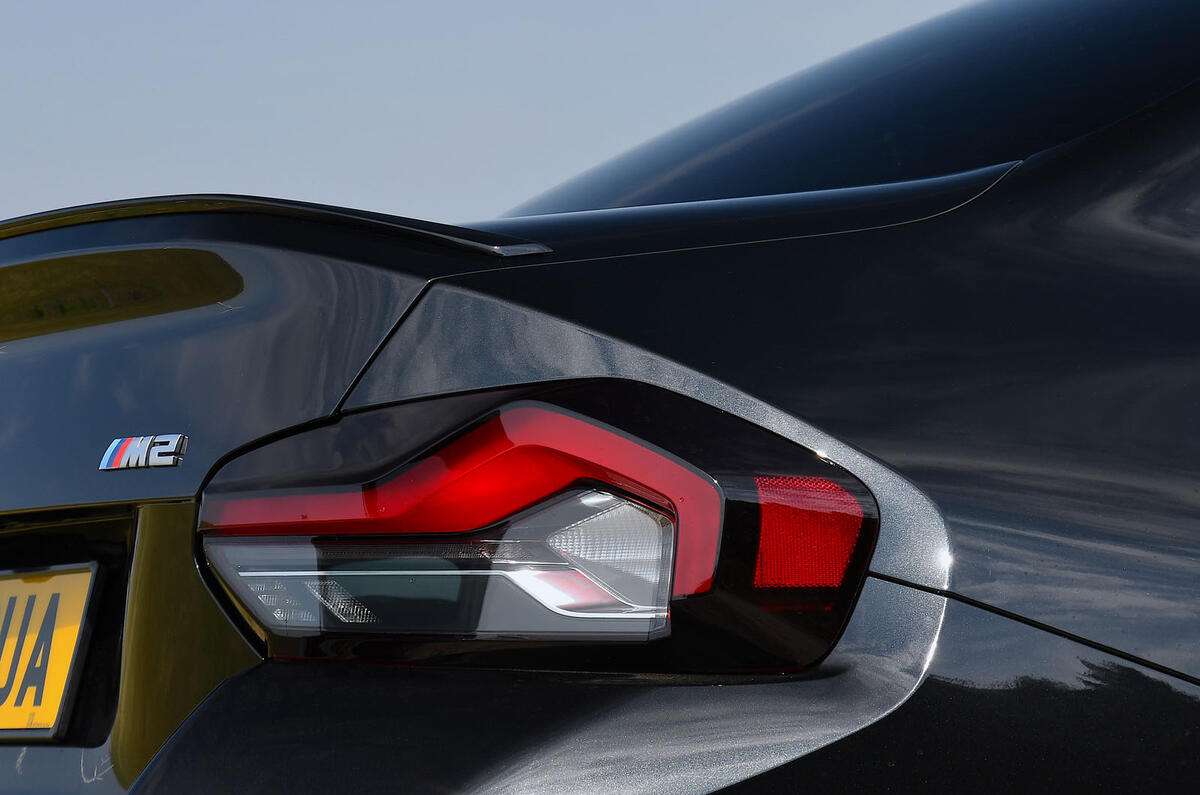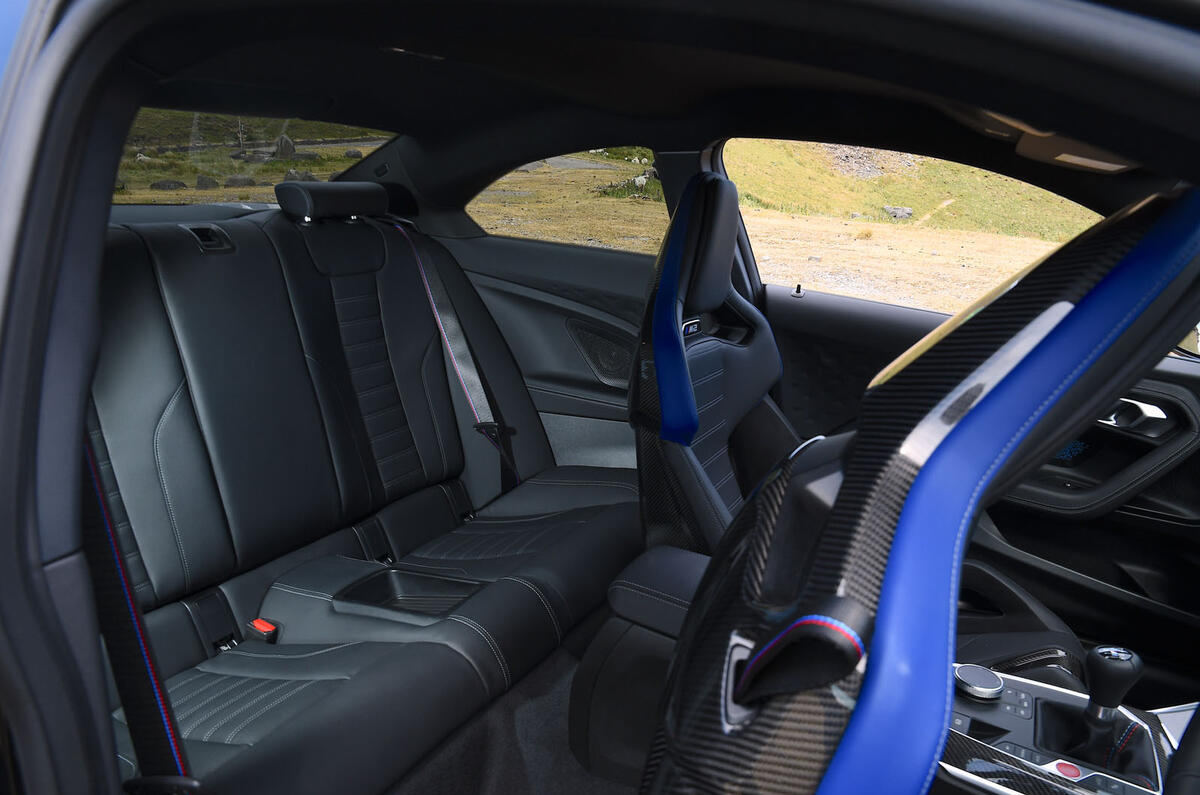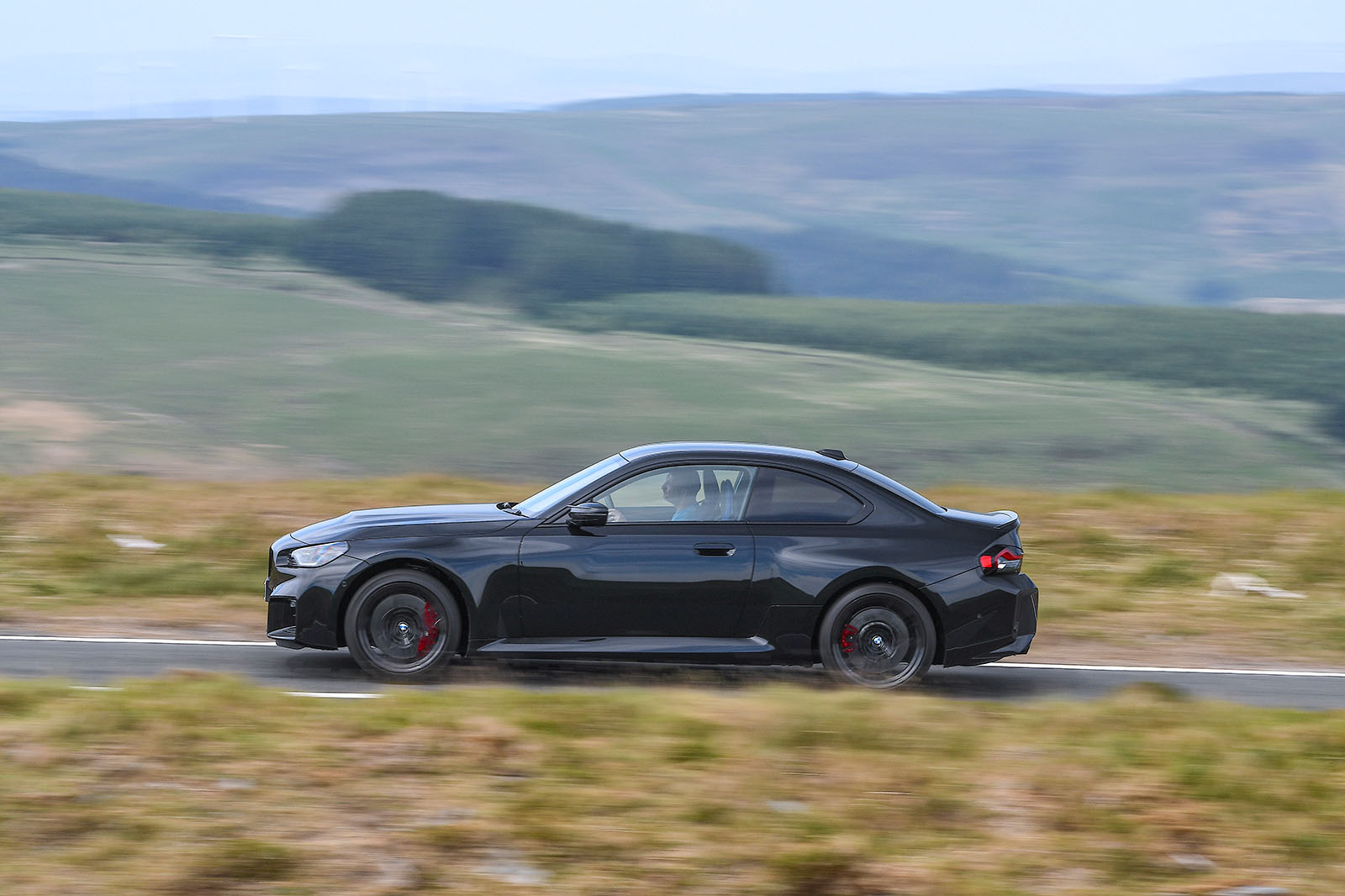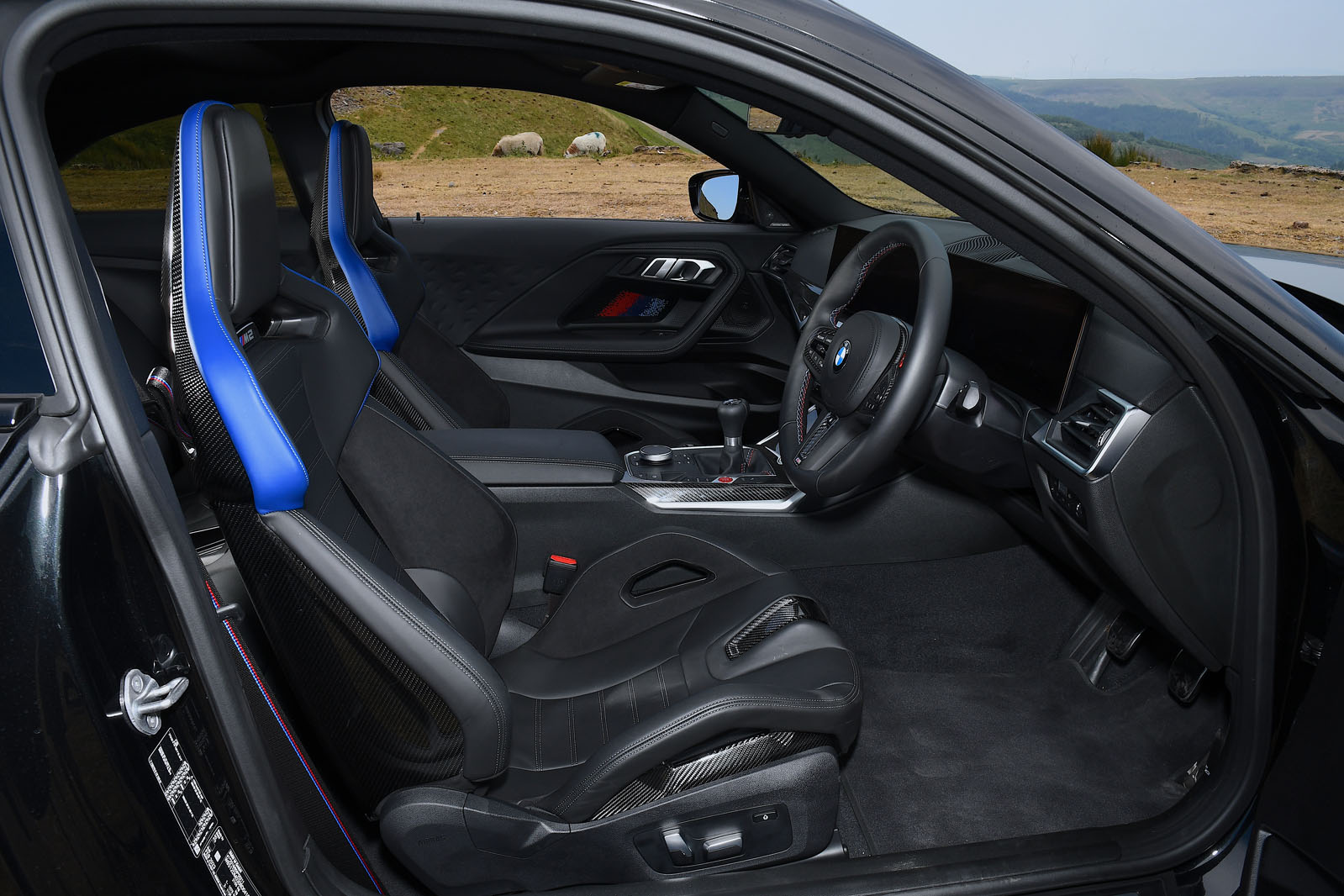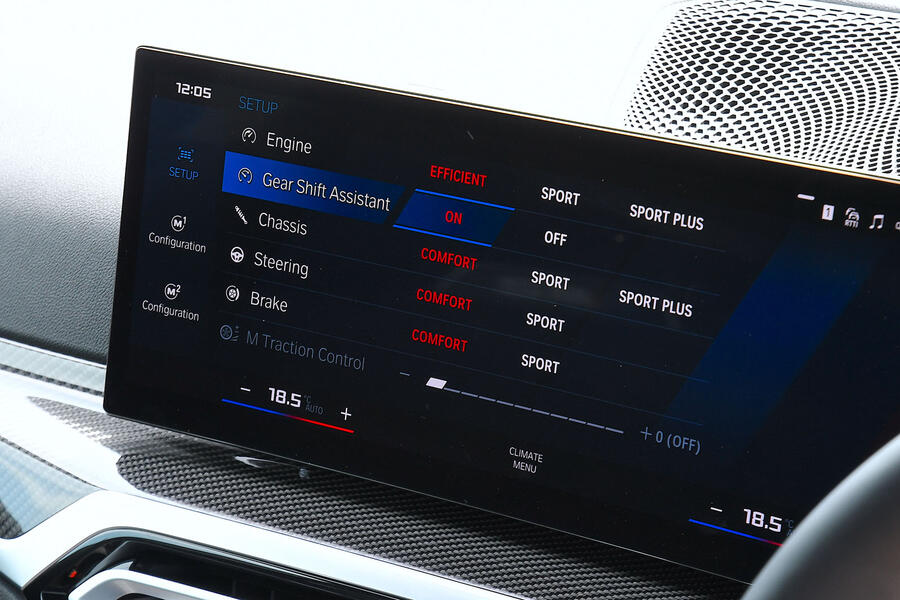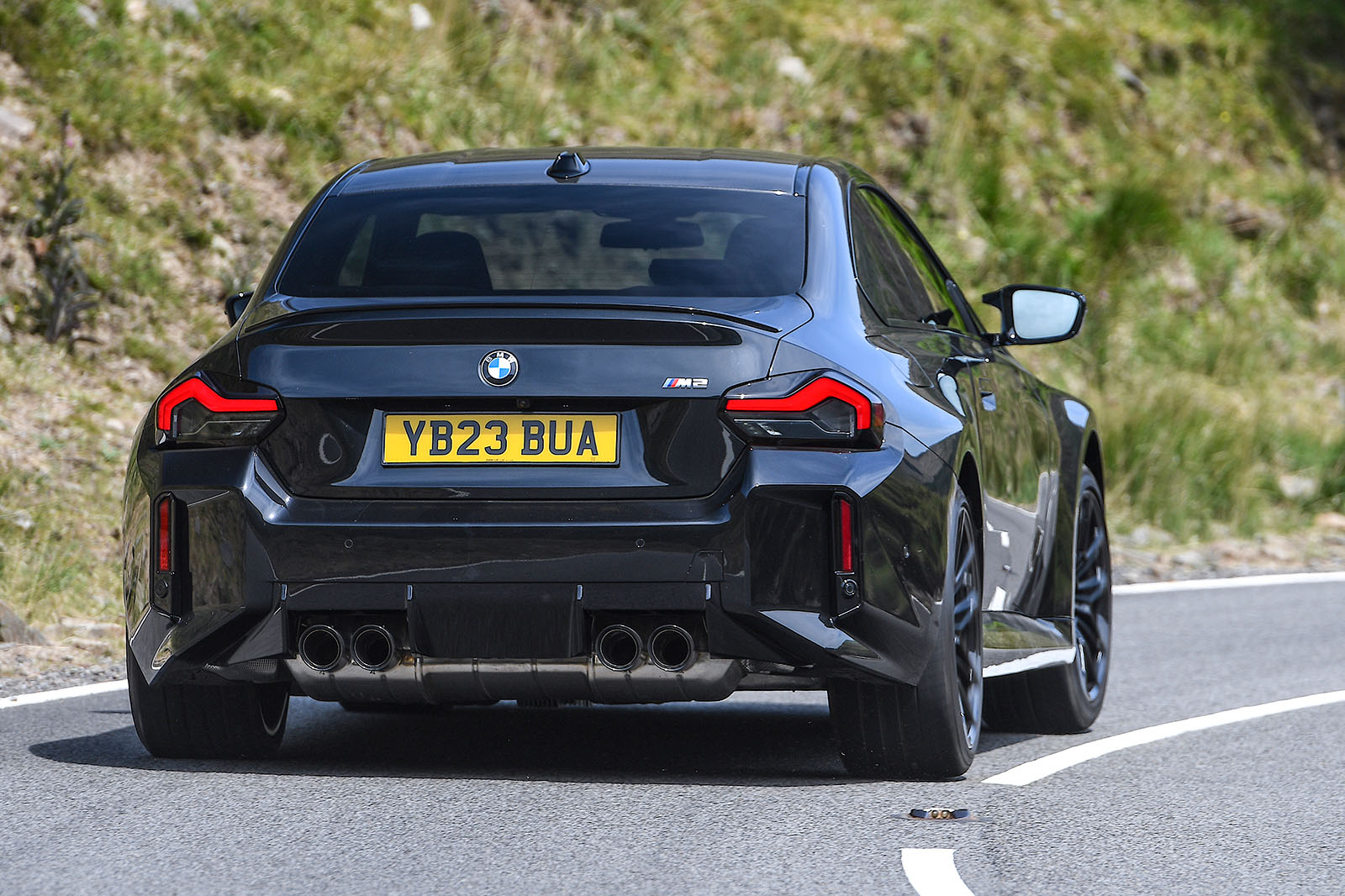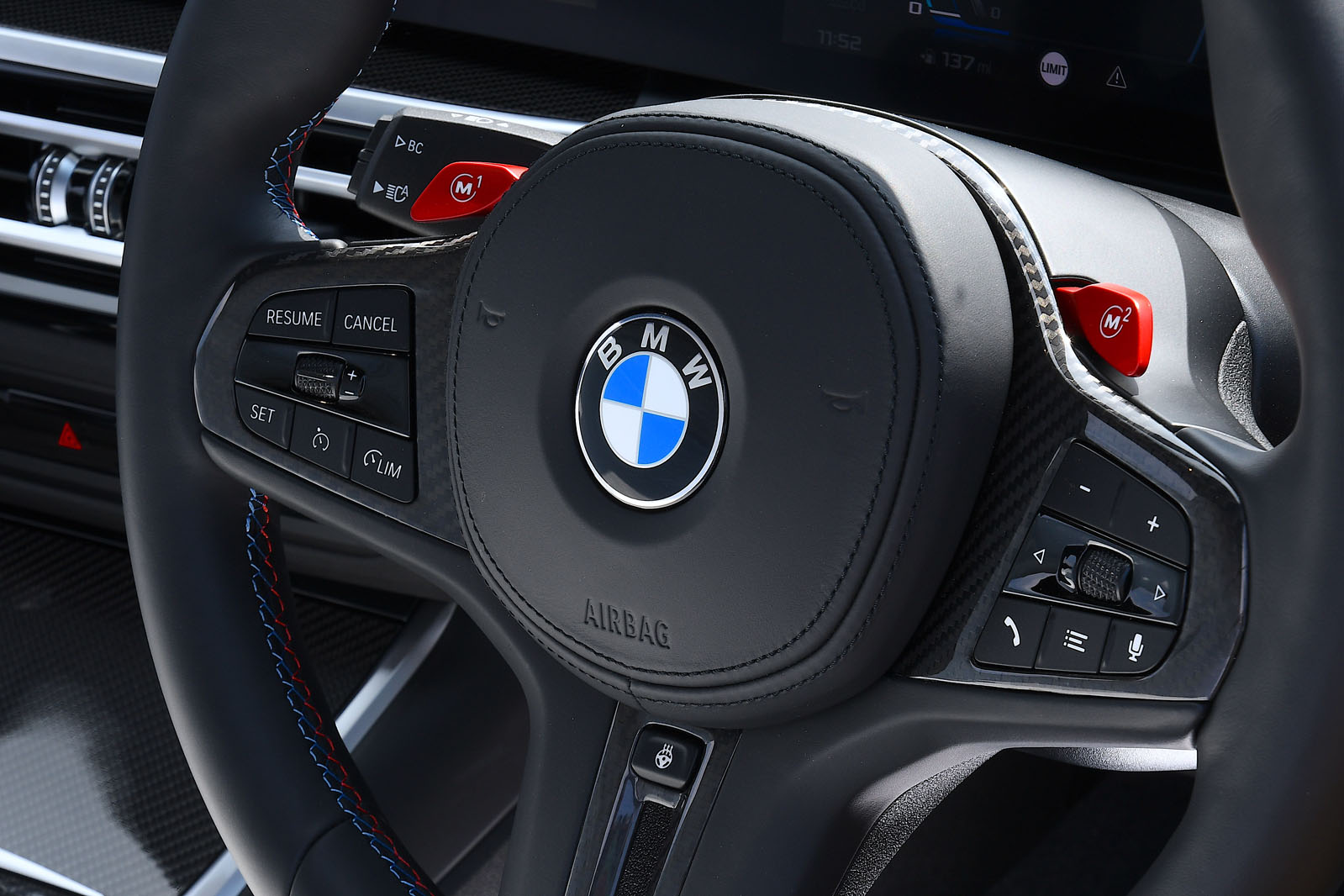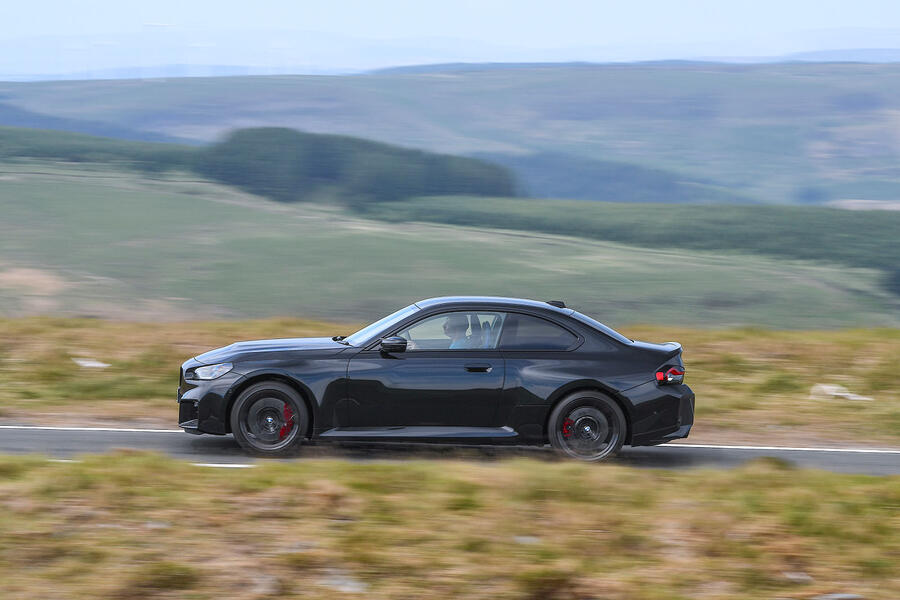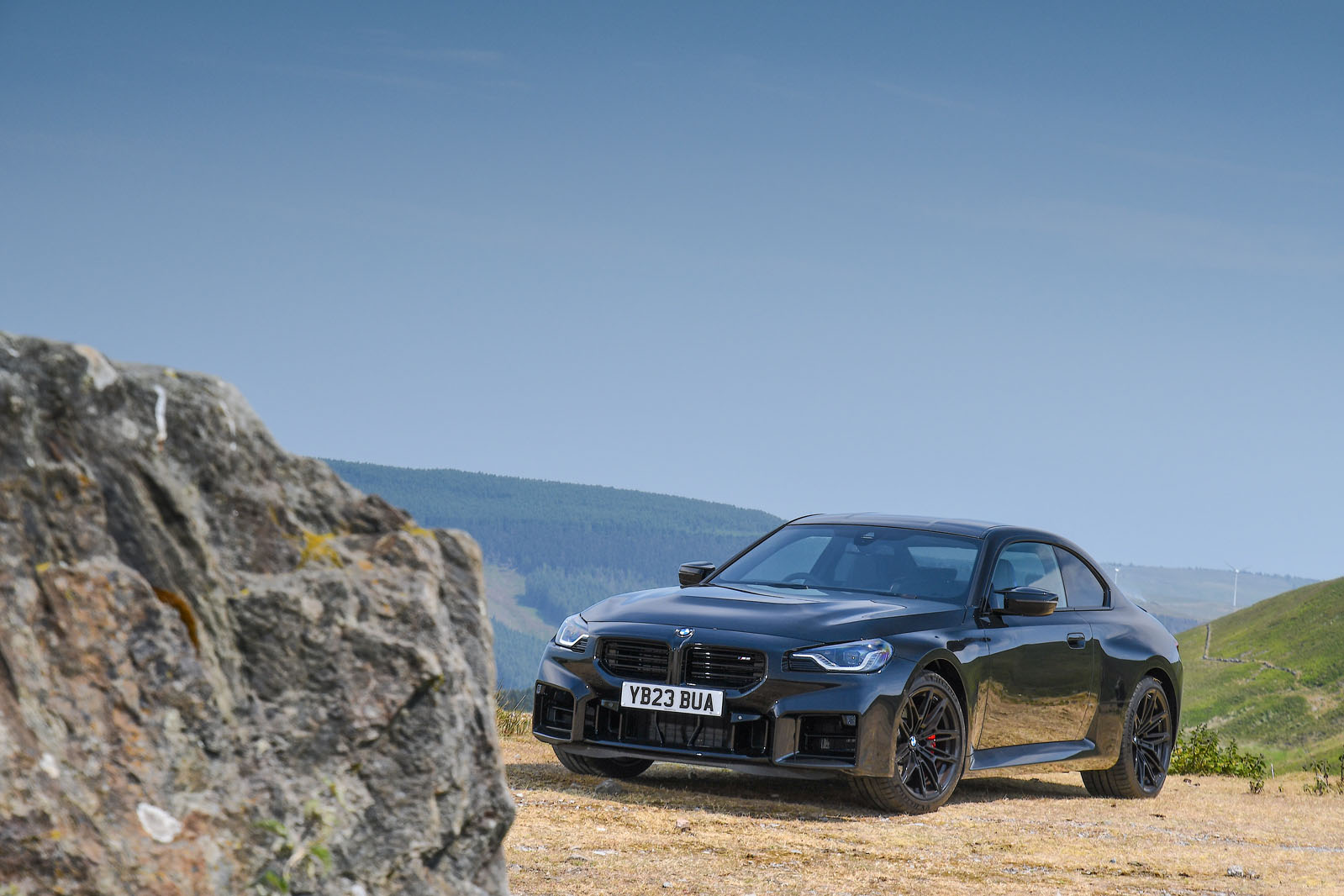The slightly fast, seamlessly smooth idle of the 3.0-litre straight six is straight out of M car heartland. There isn’t much turbocharger induction noise – just that rasping, metallic-velvet combustion note that sounds so unmistakably BMW.
Hook first and you will note the slightly heavy, twangy feel of the manual gearlever’s action, which is equally evocative. If its maker had wanted, it could no doubt have engineered a lighter, slicker shift for the car. But this one, needing co-ordinated timing and a medium-firm hand, and standing up to rougher treatment well, suits the M2’s character and role.
Manual M2s, it would seem, do without electronic launch control, and the car’s 10-stage electronic traction control system, accessed with the conventional DSC stability control switched off, isn’t quite the same thing. Leave it dialled too far back and the M2’s wide rear tyres and stout torque output make for a very fine line between bogging revs and spinning drive wheels on a standing start. Dial it too far up and it will rob you of a little too much momentum, reining in power not just in first gear but also after the first-to-second change.
After plenty of experimentation, 4.5sec to 60mph was as close as we could get to matching BMW’s official 4.3sec 0-62mph acceleration claim. Not blistering, perhaps, but quick enough to be within a whisker of the time set three years ago by Porsche’s 4.0-litre 718 Spyder, a car whose 0-100mph performance the BMW matched to the tenth and which it went on to beat over a standing quarter-mile.
There’s absolutely no sense of subordinacy about this car’s outright speed. That straight six has the remarkable breadth of operating range and wonderful linearity of power delivery that also characterises the M3 and M4. Only by selecting a higher gear early and making the motor pull from well below 3000rpm can you feel any latency in the turbo response at all. If you let it, it will spin beyond 7000rpm without ever feeling breathless.
And there is a chance you might let it because, in this manual form at any rate, this car does feel quite long-geared. Second gear will take you beyond 70mph, third to well beyond 100mph and, if you like to listen to that engine work, at least, you will rarely need higher than fourth gear during normal driving except on the motorway.
A shorter axle drive could have made this car quicker still but, as Porsche has played to its advantage with its recent GT cars, there’s something about ripping through tall intermediate gears at high revs that makes a truly great performance engine shine even brighter. Even in its new most ‘junior’ application, the M2’s S58 six feels very compelling indeed.
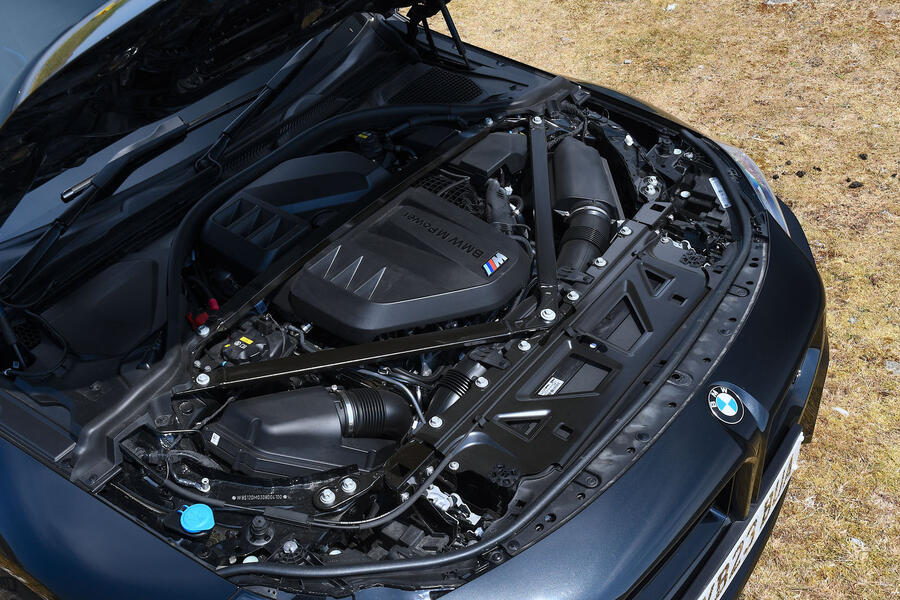
Track notes (Hill Route, Millbrook Proving Groud)
The M2 hauled itself to rest with real tenacity over the final 10 yards of its stopping distance tests – a clue that Munich has increased the mechanical grip for this generation of the car.
Although the chassis response isn’t quite as spring-heeled as that of the old M2, the car has lots of lateral grip on turn-in and declines to nudge into steady-state understeer even with lots of speed in the mix.
That kind of grip and composure invites you to pick up the power early and put faith in both axles to remain in line and under control, which they will do most assuredly unless you go out of your way to unsettle them.
That high mechanical grip level makes on-demand oversteer less accessible, perhaps, than it has been in previous M2s. The extra weight of the car is seldom more evident than when it starts to slide, but those adjustable driver aids and that super-linear torque delivery do ultimately make it obligingly hooliganistic given a chance.














